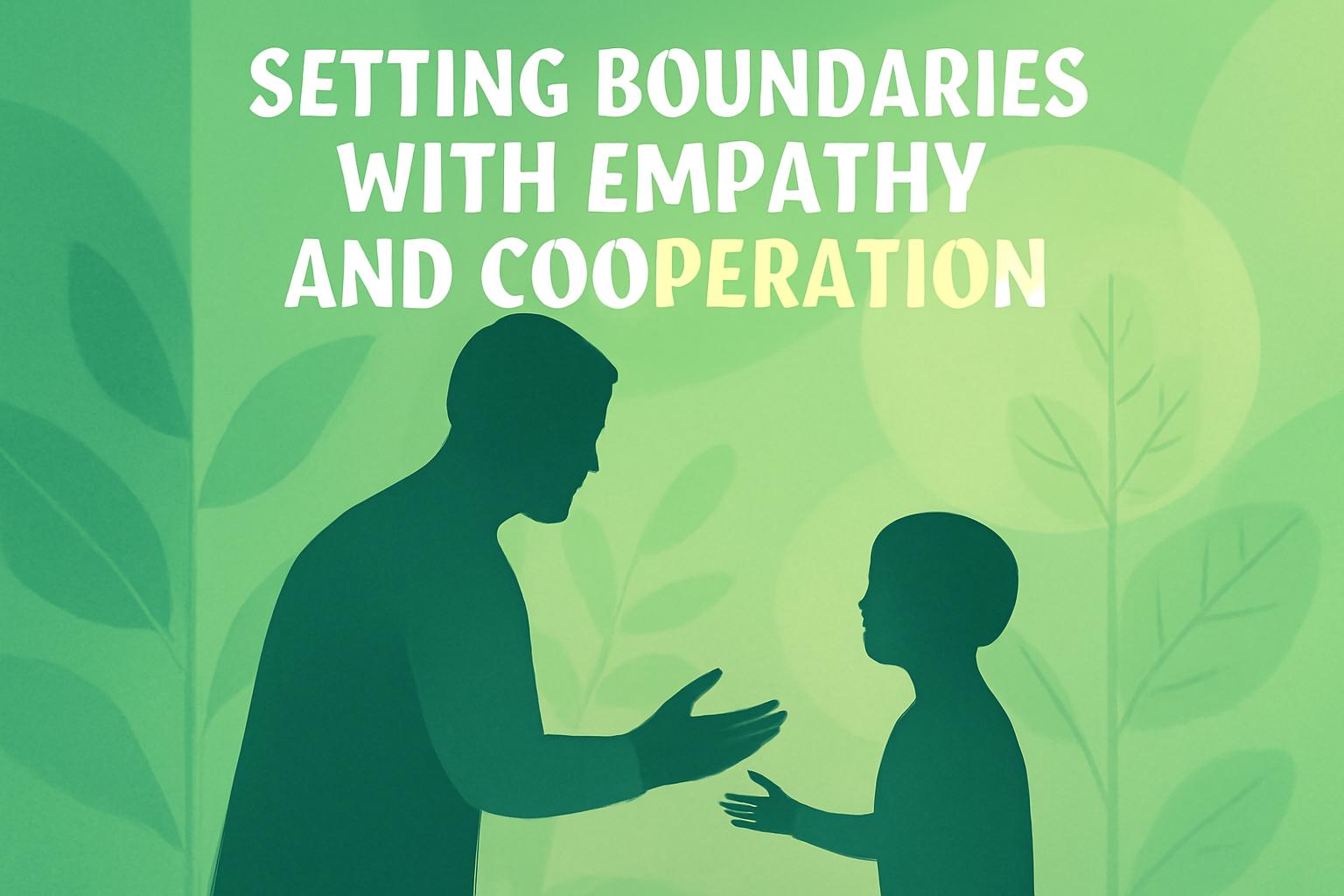Setting Boundaries with Children: More than Just Saying “No”
Saying “no” is a fundamental aspect of parenting that helps keep children safe and supported. However, effective boundary-setting goes beyond simply uttering that word. It involves communication that fosters trust, emotional regulation, and cooperation. Kelsey Mora, a certified child life specialist and licensed therapist, emphasizes that “no” is not about control but about creating a supportive environment where children feel understood.Turn “No” Into a Teachable Moment
Young children often explore their environment in ways that require boundaries for their safety. Simply saying “no” or “stop” can cause confusion or shame. Instead, using specific guidance such as “not in the mouth,” “gentle hands,” or “sit down” helps children understand what behavior is expected. When firmer limits are necessary, framing them with clear consequences and alternatives can be effective. For example:- “No helmet, no bike.”
- “It’s not safe to ride without a helmet, so I’m going to put the bike away for now.”
- “As soon as you put your helmet on, you can ride your bike.”
Explain the “Why” Behind Limits
Children naturally seek to understand the reasons behind rules. Explaining the rationale behind a limit increases acceptance and teaches perspective-taking. For instance, Mora shares an example with her five-year-old: “I can’t hold your hand while driving because it’s not safe. But as soon as we get home, I can give you a hug.” This approach prioritizes both safety and emotional connection. Clarifying family-specific rules also helps children grasp that different households set different boundaries.Offer Control Through Choices
Hearing “no” can feel like a loss of control for children, especially as they explore their independence. Offering choices within boundaries empowers them and reduces conflict.- “The park isn’t an option right now, but you can choose to play in the backyard or basement.”
- “Choose one more thing to do, and then it’s time to leave.”
- “You can choose, or I can choose for you.”
Be Consistent
Consistency in enforcing limits is critical for children’s sense of safety and understanding. Toddlers and older children alike test boundaries as part of healthy development. When limits are clear and consistent, children learn to trust and expect them. Parents’ calm and steady communication during challenging moments reinforces a predictable environment.Repair When You React
Parents sometimes react emotionally, especially in stressful situations. It’s important to follow up these moments with explanations or apologies to model accountability and empathy. For example, after shouting “no” to a child tugging on a fragile necklace, Mora explained her worry and the necklace’s importance, helping her child understand and apologize.Stay Firm as Children Grow
As children mature, boundaries may change in form but not in purpose. Clear, honest communication paired with empathy maintains connection while enforcing limits. Examples include stating, “I hear you, but that’s not an option today,” or validating feelings while remaining firm: “It’s okay to be upset, but the plans won’t change. I’m here with you.” These conversations teach children that boundaries and emotional connection can coexist, a vital lesson for all life stages.FinOracleAI — Market View
Effective parenting strategies that combine firm boundaries with empathy and explanation are gaining traction among caregivers and educators. This approach not only improves child behavior but also fosters emotional intelligence and resilience.- Opportunities: Growth in demand for parenting education and therapeutic resources that emphasize emotional connection.
- Risks: Potential challenges in consistent application across diverse family dynamics and cultural backgrounds.
- Increased adoption of evidence-based parenting techniques in schools and healthcare settings.
- Rising awareness of the importance of emotional regulation skills in early childhood.
Impact: Parenting approaches that integrate clear limits with empathy and explanation are poised to positively influence child development outcomes and support mental health, benefiting families and communities broadly.













